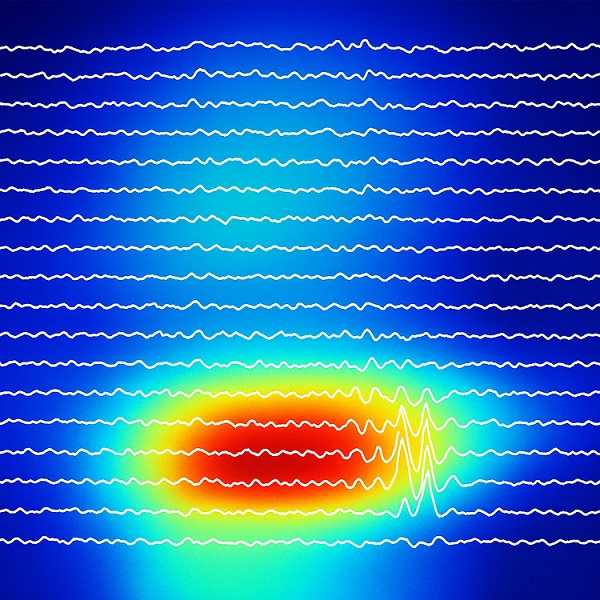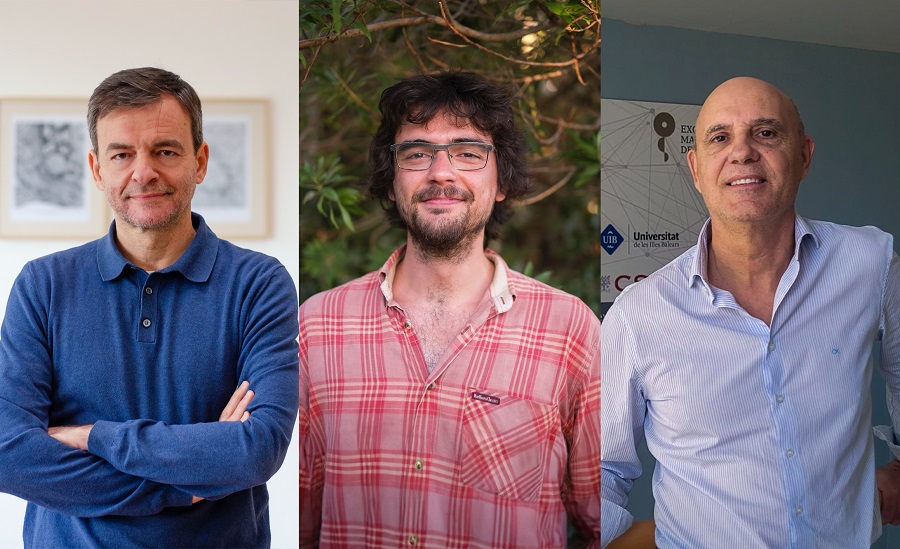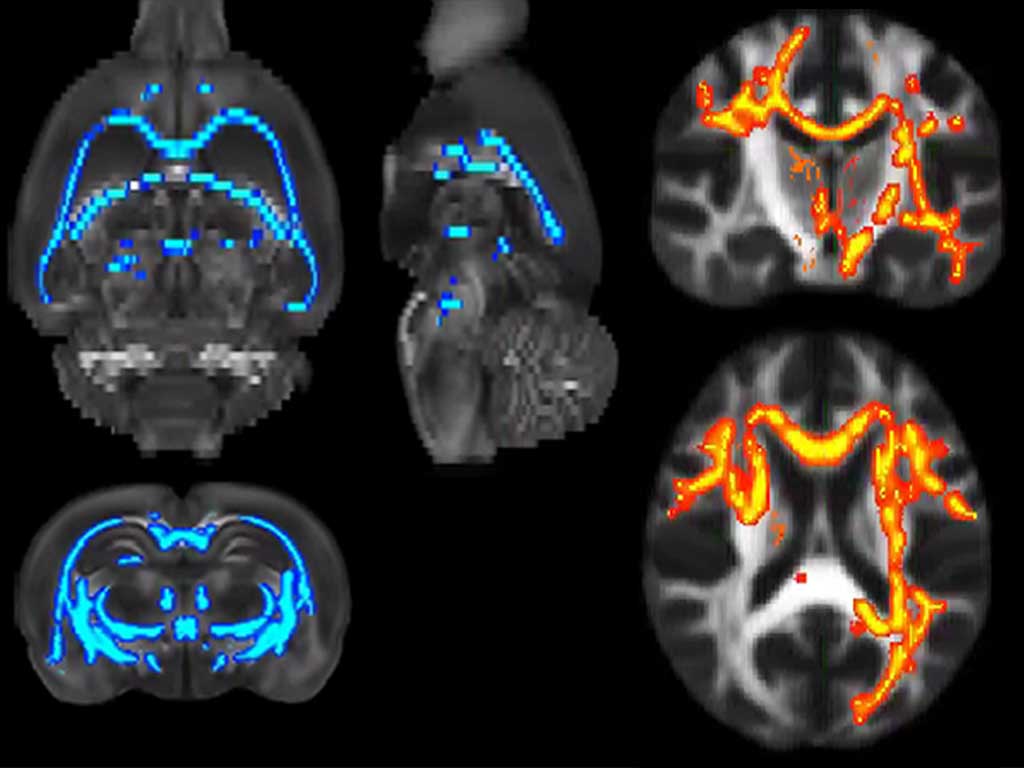The role of feedforward and feedback inhibition in modulating theta-gamma cross-frequency interactions in neural circuits.
Brain rhythms reveal how the brain chooses routes to process information
• The study, published in PLoS Computational Biology, shows that the balance between two types of inhibition regulates how brain rhythms communicate, enabling flexible and efficient information routing.
• The research was carried out by the Institute for Cross-Disciplinary Physics and Complex Systems (IFISC UIB-CSIC), the Institute for Neurosciences (IN CSIC-UMH), and Aix-Marseille University (France).
(Photo: From left to right: researchers Santiago Canals, from the Institute for Neuroscience CSIC-UMH, Dimitrios Chalkiadakis, and Claudio Mirasso, from the Institute for Cross-Disciplinary Physics and Complex Systems UIB-CSIC.)
When we recall something familiar or explore a new situation, the brain does not always use the same communication routes. An international study led by Claudio Mirasso at the Institute for Cross-Disciplinary Physics and Complex Systems (IFISC), a joint center of the Spanish National Research Council (CSIC) and the University of the Balearic Islands (UIB), and Santiago Canals at the Institute for Neurosciences (IN), a joint center of the CSIC and the Miguel Hernández University (UMH) of Elche, has discovered how the brain flexibly changes its communication pathways by modulating the balance between two fundamental inhibitory circuits.
These results, recently published in PLoS Computational Biology, show that this flexibility depends on the balance between two types of inhibitory mechanisms, which regulate the interaction between slow (theta) and fast (gamma) rhythms. Thanks to this mechanism, the brain can select different sources of information, such as sensory stimuli from the external environment or stored sensory experience from memory.
To reach these conclusions, the researchers combined computational models with experimental recordings in the hippocampus, a brain region crucial for memory and navigation. They observed that in familiar environments, where sensory experiences are already known, neurons favor a direct communication mode that facilitates transmission from the entorhinal cortex to the hippocampus. In this mode, the reactivation of established memory is prioritized. By contrast, when facing novelty, the brain activates another mode that integrates memory reactivation with novel sensory inputs. In this mode, memory updating is prioritized.
Until now, it was thought that the phase of slow brain rhythms organized the amplitude of faster activity; however, this study demonstrates that the relationship is bidirectional: “This work provides a mechanistic explanation of how the brain flexibly changes communication channels depending on the context,” says Dimitrios Chalkiadakis, first author of the study. “By adjusting the balance between different types of inhibition, circuits define which inputs to prioritize, whether from memory-related pathways or from new sensory information,” highlights the researcher.
Through a theoretical framework integrating electrophysiological data from rats exploring new and familiar environments, the experts identified two modes of operation: in one, feedforward inhibition leads to gamma-to-theta interactions, while in the other, feedback inhibition produces theta-to-gamma interactions. Neuronal circuits in the brain naturally implement both modes of inhibitory connectivity. The study shows that the transition between them is continuous, and prioritizing one or the other depends solely on the strength of synaptic connections between neurons in the circuit. This allows the mode of operation to be flexibly adjusted to context and cognitive demands.

Coupling between fast and slow brain activity frequencies. Warm-colored areas indicate stronger interaction, in this case between gamma-band frequencies (Y axis) and theta-band frequencies (X axis). Intracranially recorded brain activity is overlaid in white.
Beyond memory
The study suggests that this flexible form of coordination between brain rhythms could extend to other cognitive functions, such as attention. In fact, recent work in humans shows patterns consistent with the computational model. This points to a general principle of the brain: the balance between inhibitory circuits is key to directing information within its complex network of connections.
“Our results help unify opposing views on how brain rhythms of different frequencies interact”, explains Mirasso. “Rather than being purely local or inherited from earlier regions, these rhythms emerge from the interaction between external inputs and local inhibitory dynamics. This dual mechanism enables the brain to optimize information processing under different conditions,” adds Canals.
Beyond memory and navigation, the findings could extend to other cognitive functions. Looking ahead, the researchers intend to expand their model to include a greater diversity of neuronal types and architectures specific to each brain region. The aim is to better understand how this balance is altered in pathologies such as epilepsy, addiction, or Alzheimer’s disease: “Studying these dynamics at a mechanistic level could ultimately inspire new therapeutic intervention strategies,” both authors conclude.
This work was made possible thanks to funding from the Spanish Ministry of Science, Innovation, and Universities through the R&D Project Program (Knowledge Generation and Research Challenges) and from the Spanish State Research Agency through the Severo Ochoa Centers of Excellence and the María de Maeztu Units of Excellence Program.
Source: Institute for Neurosciences CSIC-UMH (in.comunicacion@umh.es) and Institute for Cross-Disciplinary Physics and Complex Systems UIB-CSIC (agarcia@ifisc.uib-csic.es)


 Español
Español
